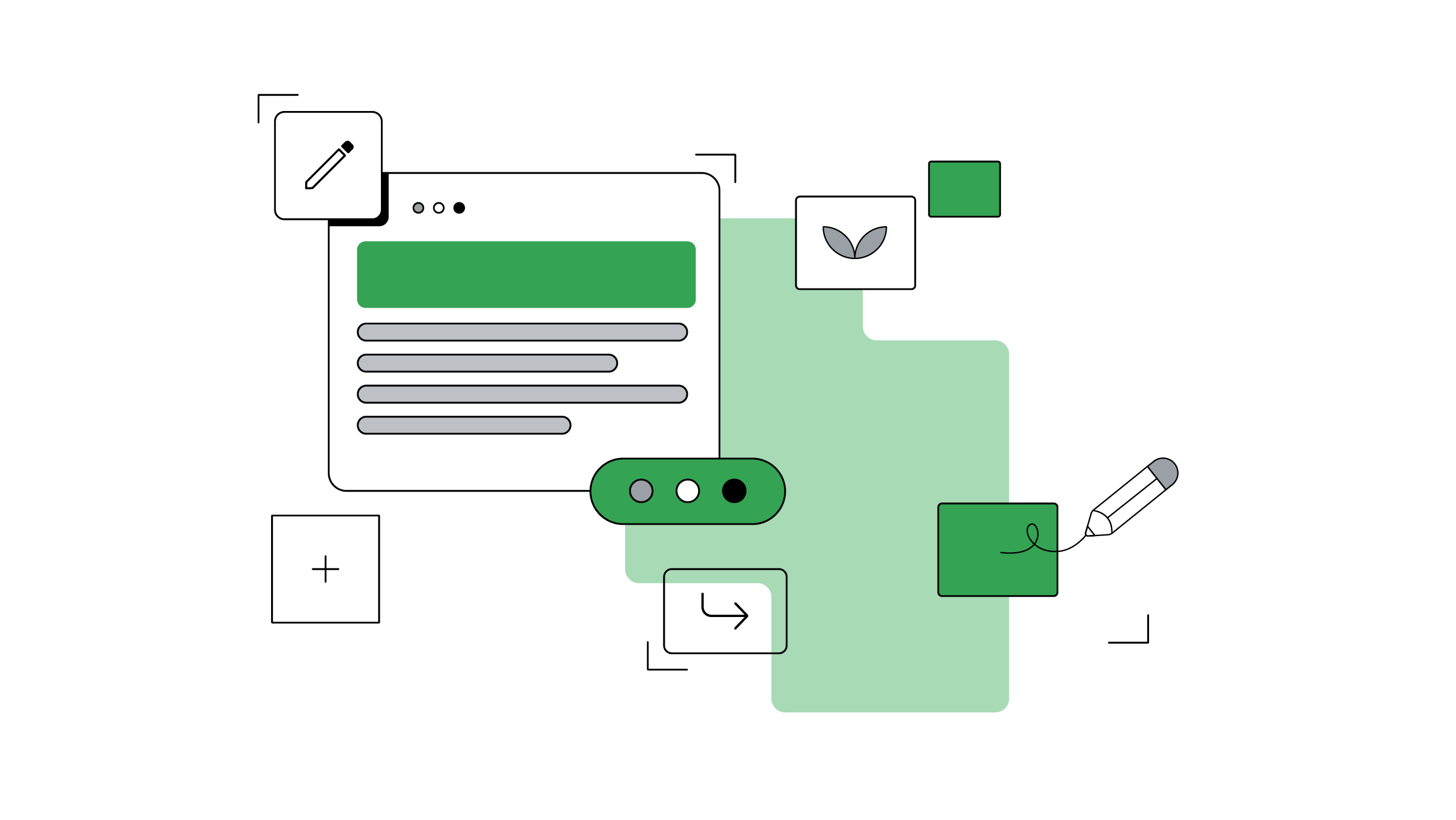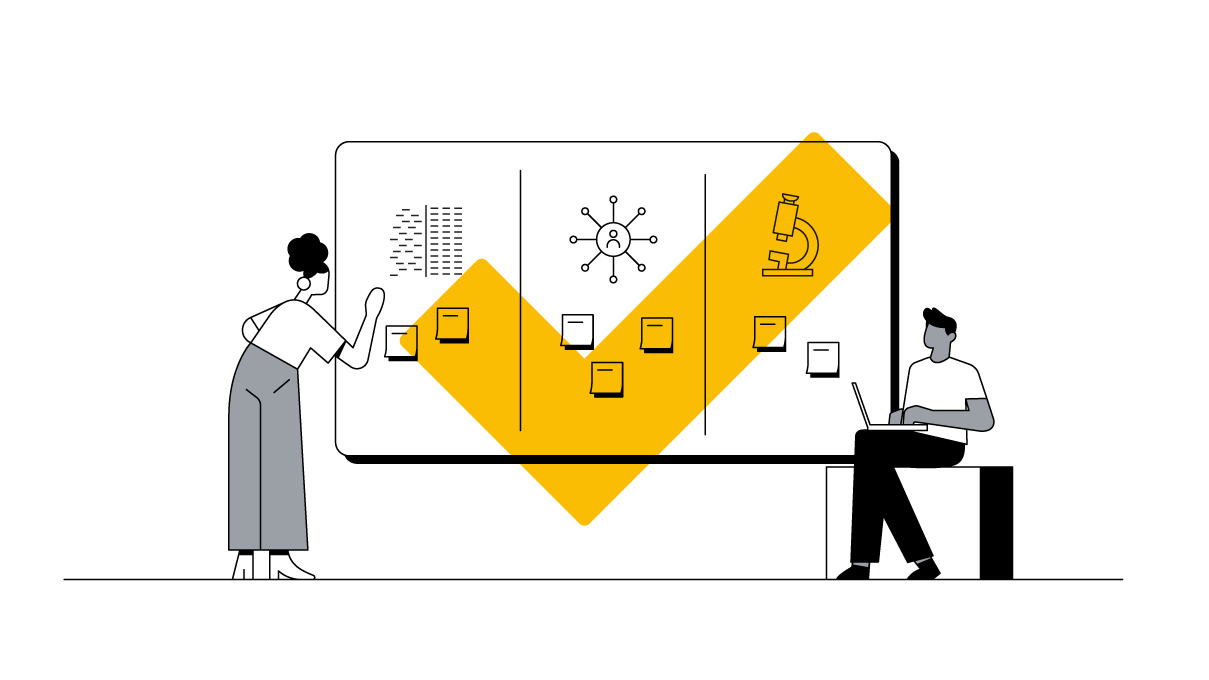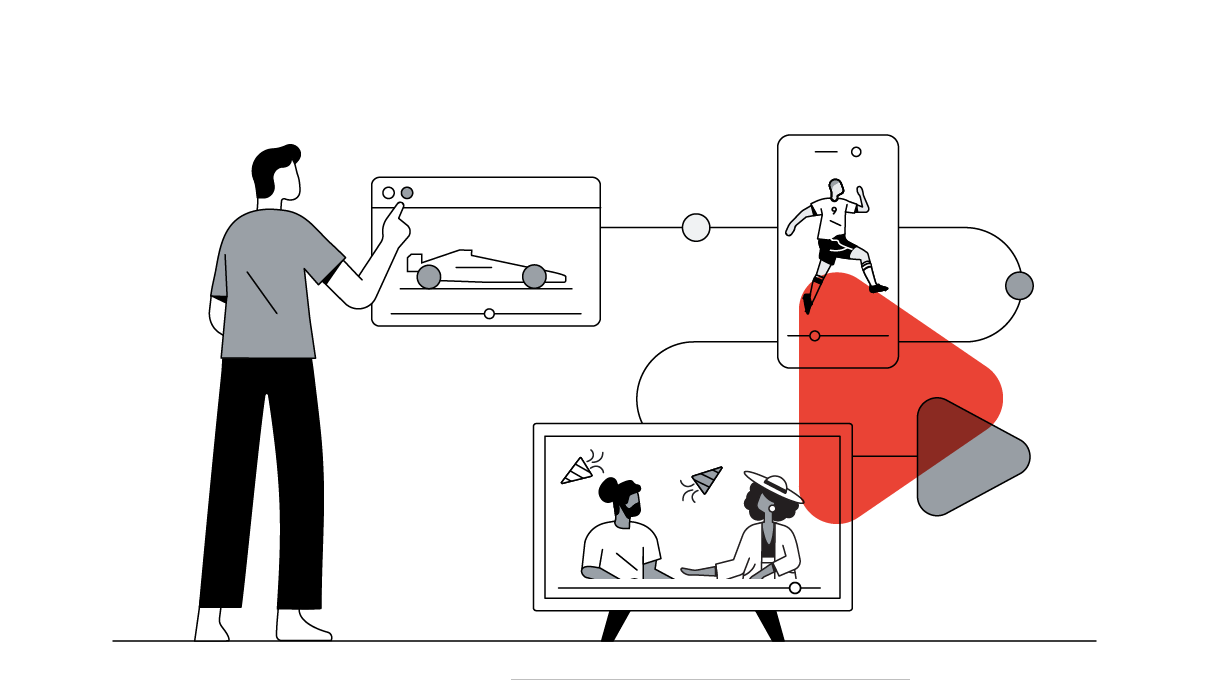This piece is part of Future Ready, which explores the macro trends shaping businesses for years to come. Here, Melonie Parker, Google’s chief diversity officer, shares three data-backed lessons for making hybrid workplaces more inclusive. A version of this piece also appears in Fast Company.
It’s been two years since many people began working from home due to the COVID-19 pandemic. As we move into a more flexible future of work, a hybrid approach will be the new norm for many companies, including Google. At its core, this means bringing people back together in ways that can work for everyone — giving employees more choice and flexibility, while ensuring our teams are being set up for success.
As hybrid work continues to gain popularity, companies must be mindful of the challenges it can present if not done inclusively. For example, a recent global survey found a strong preference for remote or hybrid work among employees of color, caregivers, and women. Working in the office shouldn’t overshadow the impact an employee makes, wherever they may be. Companies have a responsibility to make sure every employee continues to feel included and has the same opportunity to advance as their colleagues who may be in the office more frequently.
At Google, we’ve learned some valuable lessons over the last two years about how to put flexibility and inclusion first in a hybrid work environment, while also improving productivity and collaboration. Here are three key learnings we gained from our experiences and internal research.
Working in the office shouldn’t overshadow the impact an employee makes, wherever they may be.
1. Build collaboration equity
Maintaining virtual connections will remain important as more companies embrace hybrid work long term. In a hybrid workplace, it is imperative that teams build collaboration equity, in which all employees have the tools, access, and information they need to work together with their teams and be effective at their jobs. Here are a few approaches you can implement today.
- Ask for input from those who are remote. Try kicking off a meeting by first soliciting input from folks who are not in the room, so they feel welcome to contribute to the conversation from the beginning.
- Use interactive tools to boost inclusivity during discussions. Workplace tools can go a long way in bringing employees together. For example, at Google we launched Companion mode for meetings, designed to easily connect those in the room with their remote teammates and give everyone advanced features, like screen sharing, polls, in-meeting chat, hand raise, Q&A, live captions, and more.
- Make meetings as accessible as possible. As a global company, we know collaboration equity means promoting accessibility and respecting colleagues’ work and personal schedules. This might mean giving everyone the option of asynchronous meetings, which can be recorded to allow employees in different time zones or with nontraditional work schedules to view them as their schedule allows. Companies can also enable closed captioning during meetings to include people who are hard of hearing or those with noisy workspaces.
2. Develop infrastructure that encourages employees to support each other
As companies continue to become more distributed, it is critical to provide employees with the tools and support they need to build spaces where they can feel connected to others over a shared sense of identity. At Google, our Employee Resource Groups (ERGs) bring together workers who share interests, backgrounds, or experiences, and also provide a sense of community for employees to share their experiences as they navigate the changing work landscape in different ways.
Virtual office hours help employees across different schedules, locations, and work arrangements remain connected.
To continue building community in a hybrid environment, Google’s ERGs have hosted virtual yoga, career development sessions, and even global summits. One ERG — our Asian Google Network — has proved that a critically impactful way of fostering connection is also one of the simplest. This network created designated “office hours,” where Googlers can sign up for a time slot to talk with a peer about anything that’s on their mind in an open, safe space. Virtual office hours help employees across different schedules, locations, and work arrangements remain connected. The approach has been adopted by other ERGs at Google because of its effectiveness in strengthening a support network.
3. Create flexible office spaces that accommodate
As companies continue to build hybrid work plans, they should lead with inclusive tools and behaviors that encourage new ways for employees to be productive, connected, and collaborative from anywhere, especially the days when people are in the office.
We’re experimenting with adaptable furniture and partitions that adjust for focused individual work, collaboration, or a mix of both.
For example, in some of our offices, we’re experimenting with more flexible space types by featuring adaptable furniture and partitions that employees can adjust for focused individual work, collaboration, or a mix of both. We also have a history of incorporating natural green spaces inside and around our offices. As we redesign our offices over time for hybrid work, we’ll continue to explore ways to offer more spaces that support employees looking to work outdoors instead of being inside an office all day.
The pandemic has certainly presented many uncertainties and challenges, but it has also provided us an ongoing opportunity to make our workplaces more accessible and inclusive. This is an opportunity we should all take seriously as a way to continue to listen to, learn from, and support our employees to thrive.












